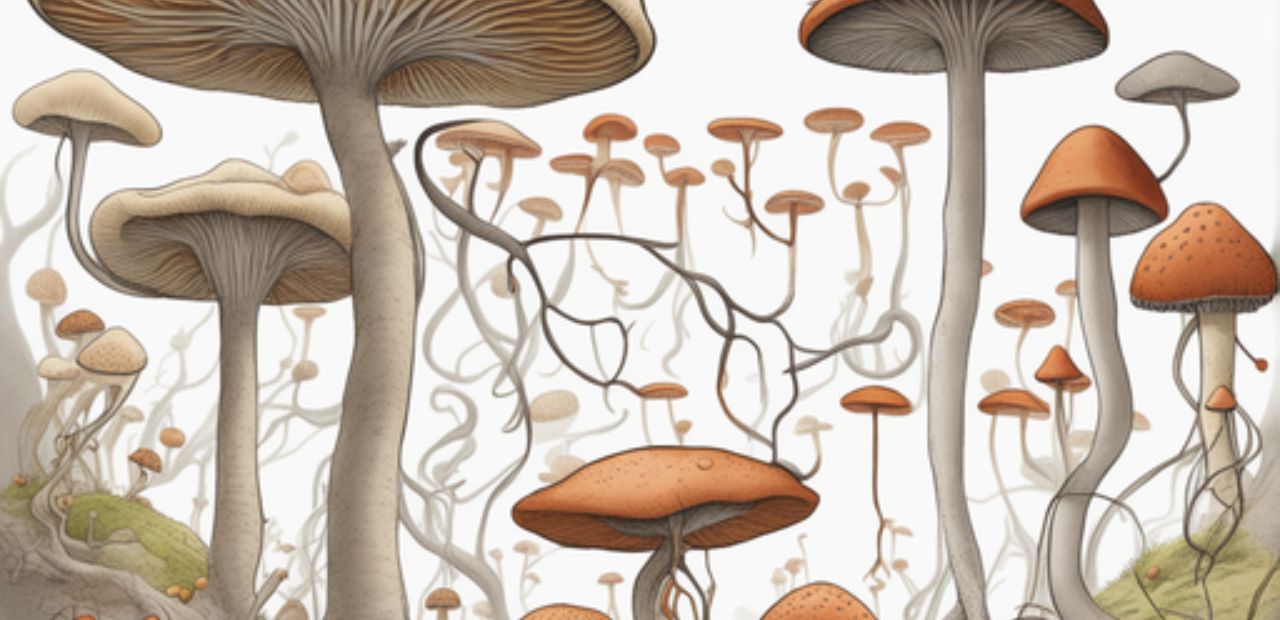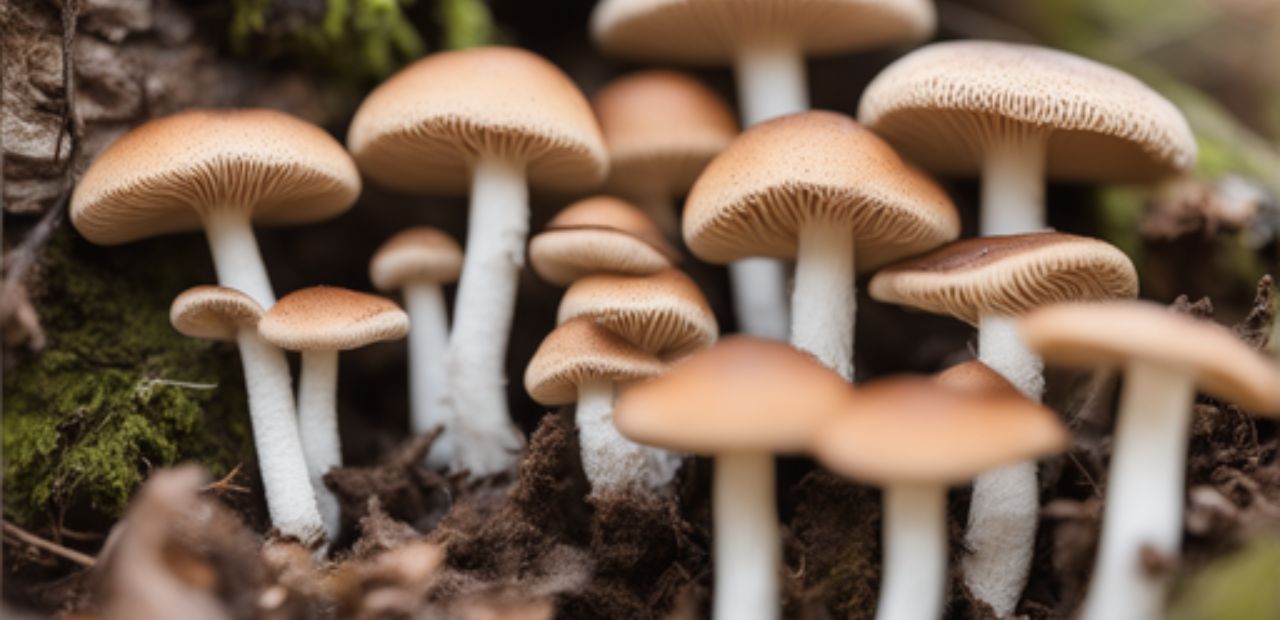Does mushroom have gender? Exploring sexuality in the fungal kingdom
Imagine that you are in the kitchen preparing dinner, and your young child, with curious eyes, watches you cut mushrooms.
Then he surprises you with an unexpected question: “Dad, do mushrooms have gender?”
You’re stumped for a moment, but his question piques your own curiosity.
You realize that even though mushrooms are a common ingredient in many foods, the question of their sexuality is a mystery to most of us.
Contents
- 1 Key Takeaways
- 2 Do mushrooms have gender?
- 3 How do fungi reproduce?
- 4 What is a “hermaphroditic” fungus?
- 5 How does mushroom reproduction differ from animals or plants?
- 6 Exploring Fungal Sexuality: Beyond Gender Duality
- 7 The Benefits of Sexual Diversity in Mushrooms
- 8 Conclusion: A Fungal World without Gender Barriers
Key Takeaways
- Fungal Sexuality: Fungi possess a unique and complex reproductive system, distinct from traditional gender, making them a fascinating subject of study.
- Reproductive Versatility: Fungi’s ability to adapt and evolve through various mating types emphasizes the importance of their diverse reproductive strategies in facing environmental challenges.
- Lessons on Sexual Diversity: The fungal world serves as a reminder that life can flourish in surprising ways without defined gender, highlighting the adaptability and beauty of nature in all its forms.
Do mushrooms have gender?
Sexuality in fungi is a unique and complex process that, in many ways, differs from what we know in the animal and plant kingdom.
They do not have gender like humans, but they do have a special system of mating types that allows them to reproduce in surprising ways.

How do fungi reproduce?
Fungal reproduction involves the release of spores into the environment.
When two fungi with compatible mating types meet, they can fuse their filamentous structures, called hyphae, and finally combine their genetic material to give rise to a new generation of fungi.
What is a “hermaphroditic” fungus?
In the fungal world, there is no direct concept of hermaphroditism as in some animals.
However, some species can function as if they have both mating types, allowing them to mate in a more versatile and diversified manner.
How does mushroom reproduction differ from animals or plants?
Mushrooms reproduce through spores, which are microscopic cells capable of developing into new fungal organisms.
This is different from animals that reproduce through complex mating processes and plants that use seeds for reproduction.
Exploring Fungal Sexuality: Beyond Gender Duality
A diverse range of mating types
Unlike humans and other living beings with well-defined gender, fungi have a wide range of mating types.
This means that they can reproduce with various types of mushrooms, giving them a unique flexibility in the world of reproduction.

The dance of the hyphae
When two fungi with compatible mating types meet, they begin an intriguing “dancing” process between their hyphae.
These filamentous structures intertwine and fuse, allowing the transfer of genetic material between fungi.
The Benefits of Sexual Diversity in Mushrooms
Adaptability
Sexual diversity in fungi is essential for their adaptability.
It allows them to face changing challenges in their environment and evolve in response to new threats.
Versatility in fungal reproduction is an evolutionary advantage.
Endurance
Sexual diversity also gives fungi greater resistance to pathogens.
They can exchange resistance genes and confront microbial threats more effectively.
Conclusion: A Fungal World without Gender Barriers
In the fungal kingdom, sexuality is a surprisingly versatile phenomenon.
Although they are genderless in the human sense, their diverse reproductive capacity and flexibility in choosing mates allows them to survive and thrive in diverse environments.
Your son’s question in the kitchen was the starting point to understand sexuality in the fungal world.
As we explore this puzzle, we discover that in nature, gender barriers are much less rigid than we often imagine.
Mushrooms remind us that life can flourish in surprising and beautiful ways

